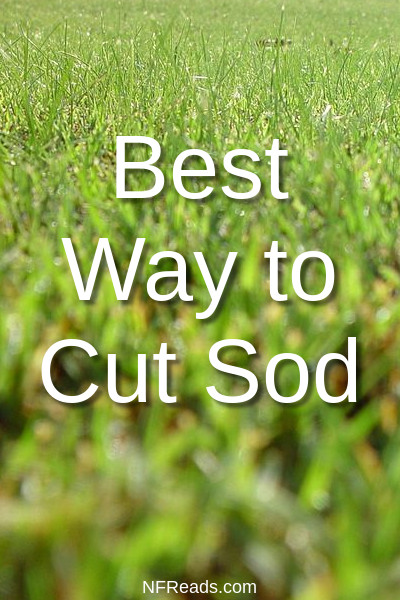
By Donna Dolinar, Wyandotte County Extension Master Gardener since 2006
Many people opt for sod for their landscape versus seeding. It depends on your starting point. If you only have a few bare patches, that is quite different from an entire yard of dirt.
There are a number of advantages to using sod.
- Instant gratification – You don’t have to wait for it to sprout. It is beautiful from the start.
- Fewer weeds – Generally sod offers fewer weeds than starting from seed.
- Evenness – Growing a lawn from seed usually means some bare spots and reseeding. Sod is a beautiful uniform look from the beginning.
DIY
It is certainly possible to sod your property without hiring it done. There are certainly some things to keep in mind as you decide.
- Ordering – You need to calculate the area you want to cover. That means high school geometry. Just as if you were carpeting your home, you need to know how much surface you will cover and then how much coverage each roll of sod will give you.
- Timing
o It is preferable to sod in the spring after the chance of frost is over. Laying sod in the fall is discouraged because the roots may not have enough time to establish themselves before the winter sends the plants into dormancy.
o Sod is delivered in rolls. If you are working during a warm day, you will notice two things: (1) The exposed area of the soil (underside) will dry out quickly and (2) The interior of the roll is very warm. If you don’t expect to complete the project in a single day, store carefully so that parts are not so dry that they won’t be viable or that the internal temperature doesn’t create so much humidity that you will be fighting mold or mildew. - Planning – It is a good idea to have a plan about how to lay the sod, similar to laying bathroom tile so that it all comes out the way you want it. Using landscaping paint or stakes and string, mark out the area you want to sod. You will be glad you did.
- Cutting – You will need to cut the pieces to size to fit into your area.
Tools
At a minimum you will need:
- Heavy work gloves
- Tape measure
- Utility knife
- Strong rake or hoe
- Shovel or fork
How To
- Prepare the soil. Using your rake or hoe, scratch the surface of the soil. This will give the roots something to hang onto.
- Using the landscape painted lines as a guide, lay the roll of sod. Continue until you reach the end of the roll, or an obstruction like a tree or building.
- Cut to size and shape with your utility knife. Insert the knife at the mid point and use a slow, firm sawing motion. After you reach the end, go back to the mid point and cut the other direction.
- As much as possible, stagger the start and stop points.
Watering
Before you lay the sod, moisten the soil. You don’t want the surface to be too wet and muddy, but just enough to attract the roots. After the sod is all laid, give it a nice watering.
If sod does not survive, it is generally because it has been over or under watered. Don’t think because you watered it when installed, that is enough, or that nature will take care of things. A gentle watering each morning for about ten days should do the trick. If you have the luxury of an irrigation system, this is easy. If not, set your hose and oscillating unit and move it periodically. Afternoon watering will only evaporate in the heat of the day. Watering in the evening means the ground will be soggy all night and be prone to mold, mildew and insect infestation. A morning watering means, the grass will be nourished and yet have enough time to dry out during the day.
To see if the sod is completely set, try to pull up a corner. If you feel resistance, it is taking hold. If you can see the roots, old roots are dark and new ones are white. After the lawn is established, you can reduce the watering and feed with an application of nitrogen.